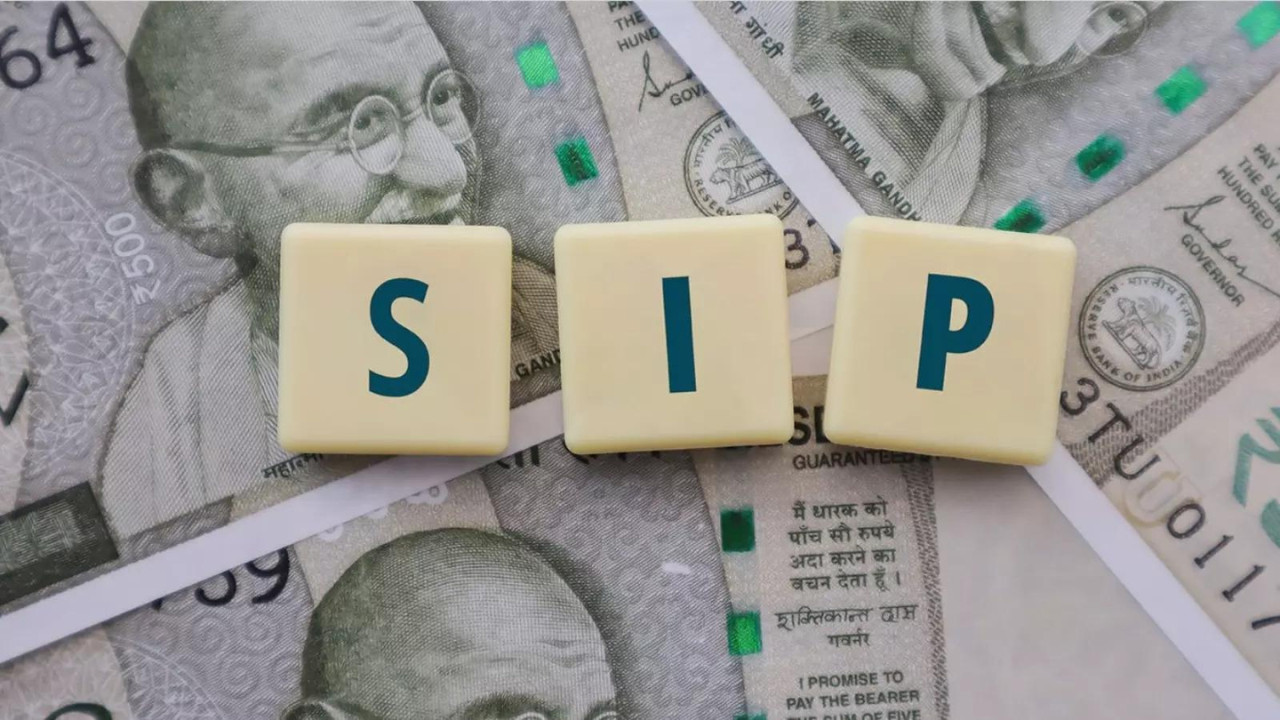India is poised to become a key player in the global semiconductor market, projected to reach $1 trillion by 2030. With its market expected to hit $100-110 billion by the decade’s end, India is fostering fabrication, assembly, and design hubs nationwide.
India’s Semiconductor Dream: Forging a Future in Chips
For decades, the story of semiconductors has been dominated by a handful of global players. But the script is changing. India, with its burgeoning tech sector and ambitious vision, is making a serious play for a substantial slice of the $1 trillion semiconductor market pie by 2030. It’s a bold move, driven by strategic investments and a national commitment to building a robust semiconductor ecosystem. The question isn’t if India will enter the arena, but how significantly it will reshape the landscape.
This isn’t just about national pride; it’s about securing a critical component for India’s economic future. From smartphones and laptops to electric vehicles and advanced medical devices, semiconductors are the brains behind the modern world. Relying solely on imports leaves India vulnerable to supply chain disruptions and geopolitical shifts, something recent global events have underscored.
Laying the Foundation: Strategic Investments
The Indian government isn’t just talking about semiconductors; it’s putting its money where its mouth is. A massive incentive package, totaling billions of dollars, is designed to attract chip manufacturers, designers, and ancillary industries to set up shop in India. This financial boost aims to offset the high capital expenditure associated with building semiconductor fabs, or fabrication plants, which are incredibly complex and expensive facilities.
These incentives are coupled with efforts to streamline regulatory processes, ensuring that companies can navigate the bureaucratic landscape with relative ease. The goal is to create a welcoming and competitive environment that encourages both domestic and international players to invest in India’s semiconductor ambitions. It’s about more than just attracting companies; it’s about nurturing a thriving ecosystem where innovation can flourish.

Building the Infrastructure: A Crucial Step
Attracting investment is only half the battle. To truly compete on a global scale, India needs to build the necessary infrastructure. This means developing reliable power supplies, clean water resources, and state-of-the-art transportation networks – all essential for the smooth operation of semiconductor manufacturing facilities.
The government is actively working to address these infrastructure gaps, recognizing that a robust foundation is critical for long-term success. Special Economic Zones (SEZs) are being developed, tailored specifically to the needs of the semiconductor industry, offering streamlined customs procedures and access to essential utilities.
Furthermore, the focus extends beyond physical infrastructure. Investing in education and training programs is vital to develop a skilled workforce capable of designing, manufacturing, and maintaining complex semiconductor equipment. Collaborations between industry and academia are being fostered to ensure that educational curricula are aligned with the evolving needs of the sector.
Designing the Future: A Focus on Innovation
While manufacturing is a key component, India’s semiconductor ambitions extend beyond simply assembling chips. The government is actively promoting research and development in cutting-edge areas such as chip design, advanced packaging, and compound semiconductors.
The goal is to move up the value chain, from being a manufacturing hub to becoming a center for innovation. This requires fostering a culture of entrepreneurship, supporting startups, and encouraging collaboration between research institutions and industry. By nurturing domestic talent and fostering a vibrant innovation ecosystem, India aims to create its own unique niche in the global semiconductor market. This effort includes backing design-linked incentives (DLI) that help domestic startups create intellectual property, strengthening India’s long-term competitive advantage.
Navigating the Challenges: A Realistic Outlook
The path to semiconductor dominance is not without its challenges. Establishing a complex and capital-intensive industry from the ground up requires significant time, investment, and expertise. Competition from established players with decades of experience is fierce.
Moreover, geopolitical factors and supply chain vulnerabilities could potentially derail progress. However, India’s large domestic market, growing tech talent pool, and strong government support provide a solid foundation for overcoming these hurdles. The key lies in strategic partnerships, continuous innovation, and a long-term commitment to building a resilient and competitive semiconductor ecosystem.
Ultimately, India’s semiconductor dream is within reach, driven by a combination of strategic vision, substantial investment, and a determination to become a major player in the global technology landscape. Success won’t happen overnight, but the foundations are being laid, brick by brick, to create a future where India is a vital hub for semiconductor design and manufacturing. The world is watching.
Conclusion:
India’s ambitious push into the semiconductor industry represents a pivotal moment. The blend of government incentives, infrastructure development, and a focus on innovation paints a compelling picture. While challenges remain, the potential rewards – economic security, technological advancement, and global influence – are significant. By strategically navigating the complexities and nurturing its burgeoning talent pool, India is poised to carve out a substantial role in the future of semiconductors.







